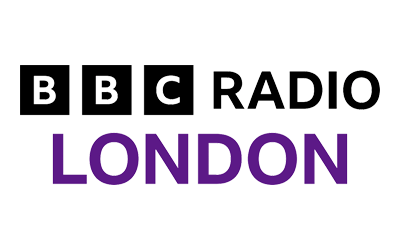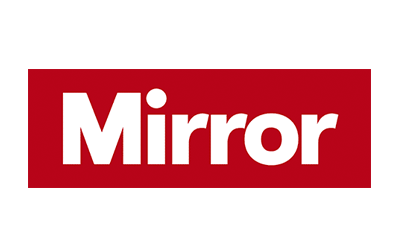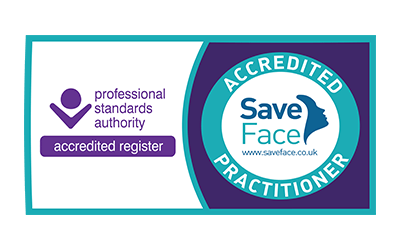In the second part of our interview with Mr Alex Karidis, he gives us an insight into the demands of the facelift operation from the surgeon’s point of view. He also explains that there isn’t a one-size-fits-all facelift so beware cosmetic surgeons that only promote one technique.
Q: How demanding is facelift surgery to perform?
The facelift, with its many facets, is a challenging operation. Firstly, it takes time; you simply cannot cut corners or do things by half in this operation. We do not take shortcuts in any procedure, but some operations are less taxing and demanding on the surgeon’s concentration and stamina than others.
Moreover, if a stitch line or correction in a tummy tuck is only 98 per cent perfect, it will more than likely correct during the healing process, but during that time, you can camouflage it with your clothing. Unfortunately, the face is out on show 24/7 so there is no room to not be at 100 per cent.
This means a surgeon’s concentration – and stamina levels – must be excellent for the duration of the procedure. This is usually in the order of three to five hours at a time, with no break involved. And for most of the op, we are bent over and tilting our head and neck in an awkward position, looking through a limited gap under the skin. We are constantly adjusting, stitching and realigning tissues into the desired positions whilst active bleeding occurs in the same field of view.
Q: Please take us step-by-step through the facelift procedure.
Once careful incisions are made, the skin is lifted extensively to fully access, address and adjust the sagging deeper layers into their correct position. This is important as you never want to lift and place the tissues in the wrong position by forcing them or stitching them incorrectly. This is how you get the rather strange windswept, pulled or forced look we want to avoid.
It’s about getting a sense of where tissues must be and placing them there, not forcing them. This only comes with experience.
Furthermore, I ensure that I retain rather than trim away any deep tissues and use them to revolumise the face, particularly in the areas where there has been some loss or hollowing of the tissues that arise with age. This ‘self-revolumisation’ further enhances your rejuvenation.
Once the deeper layers have been addressed, we deal with the skin. In this regard, you must understand that once the deeper structures are repositioned, lifted, and aligned correctly, an excess of skin usually arises, which must be removed and trimmed carefully.
Again, knowing how much to trim is crucial, as overdoing this by even a few millimetres can mean the difference between a slightly distorted or pulled earlobe or a stretched scar.
The remaining skin must be carefully sutured around the ear. Now, this is key. Most patients are understandably concerned about this scar. They want a great neck and jawline and a youthful, natural result, but they certainly don’t want this at the cost of an unsightly, visible, and unnecessarily long scar.
Too often, unfortunately, I see poorly placed and excessively long scars which make it impossible for women to put their hair up or sport a particular hairstyle. Or men with highly visible scars both in front and behind the ear. This is unacceptable in my mind.
And here is what I can uniquely offer: I can offer minimal, hidden scarring while maximising your rejuvenation. Over the last 16 years, I have perfected a technique unique to my practice that allows me maximum access to address the deeper tissues while giving you the least visible scars.
I have developed this technique in combination with manoeuvres that include setting the lifted skin with a counter-rotation method, as opposed to the traditional, widely used posterior rotation. Then, I deploy a specialised spray tissue glue that helps pin the skin down into position and negates the requirement for any tubes or drains, as well as the necessity for restrictive or claustrophobic dressings. This minimises discomfort for the patient.
Of course, I would never go so far as to promise patients invisible or undetectable scars, as several factors affect healing ability. However, I’m confident that by utilising the aforementioned techniques, combined with my more than 25 years of facelift experience, I can deliver the best possible outcome with the shortest and least visible scars.
Q: What’s your view on the current trend for promoting deep plane facelifts?
Much has been discussed on social media and the Internet these days about different facelift techniques, suggesting that one is superior to another, etc. Let me be clear. There is zero-point advertising that I do a specific facelift, such as a deep plane facelift or SMAS facelift.
I feel this is totally disingenuous. It tells you absolutely nothing about a particular surgeon’s ability to implement the correct technique for your specific needs or deal with your specific problems, which more than likely requires a combination of different techniques to give you the best and most natural outcome.
My experience allows me to use a wide range of techniques according to your particular problem and needs. This is what I can offer.
This is why touting “I do deep plane facelifts”, for example – which seems to be the current rage and usually only addresses the mid-cheek region and has limited impact on the neck and jawline – is pointless.
I hope this has given you some insight into what is involved with facial surgery and how I feel our offering is different and unmatched. All patients must weigh up all aspects of their decision-making process, and I hope this information helps you understand the process a little more.
If you have more facelift questions, book a consultation with Mr Alex Karidis; call us on 0207 432 8727 or email us on enquiries@karidis.co.uk.
















